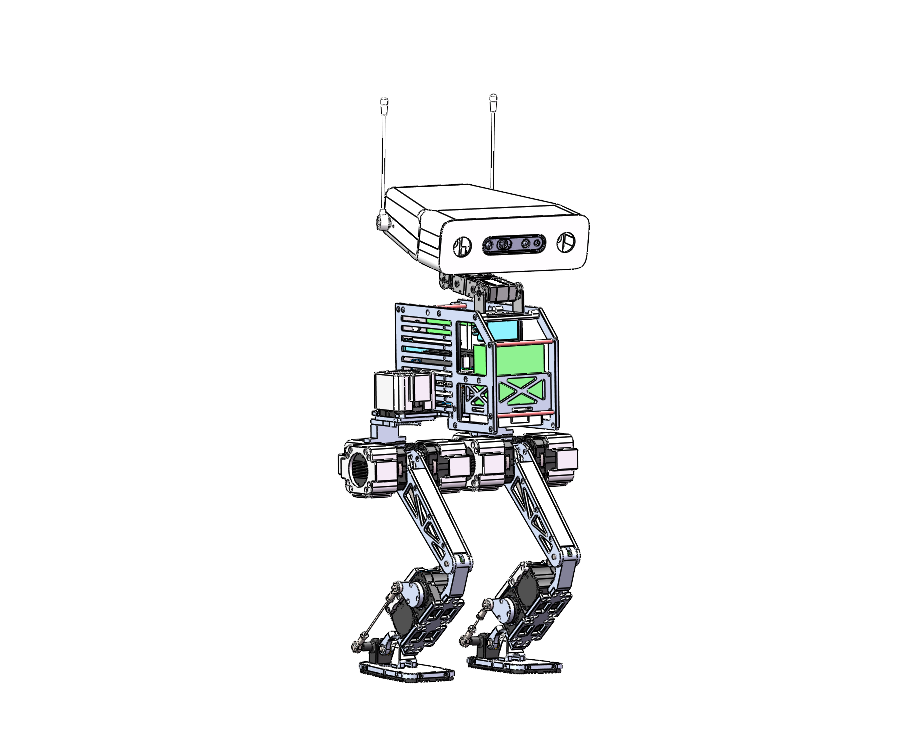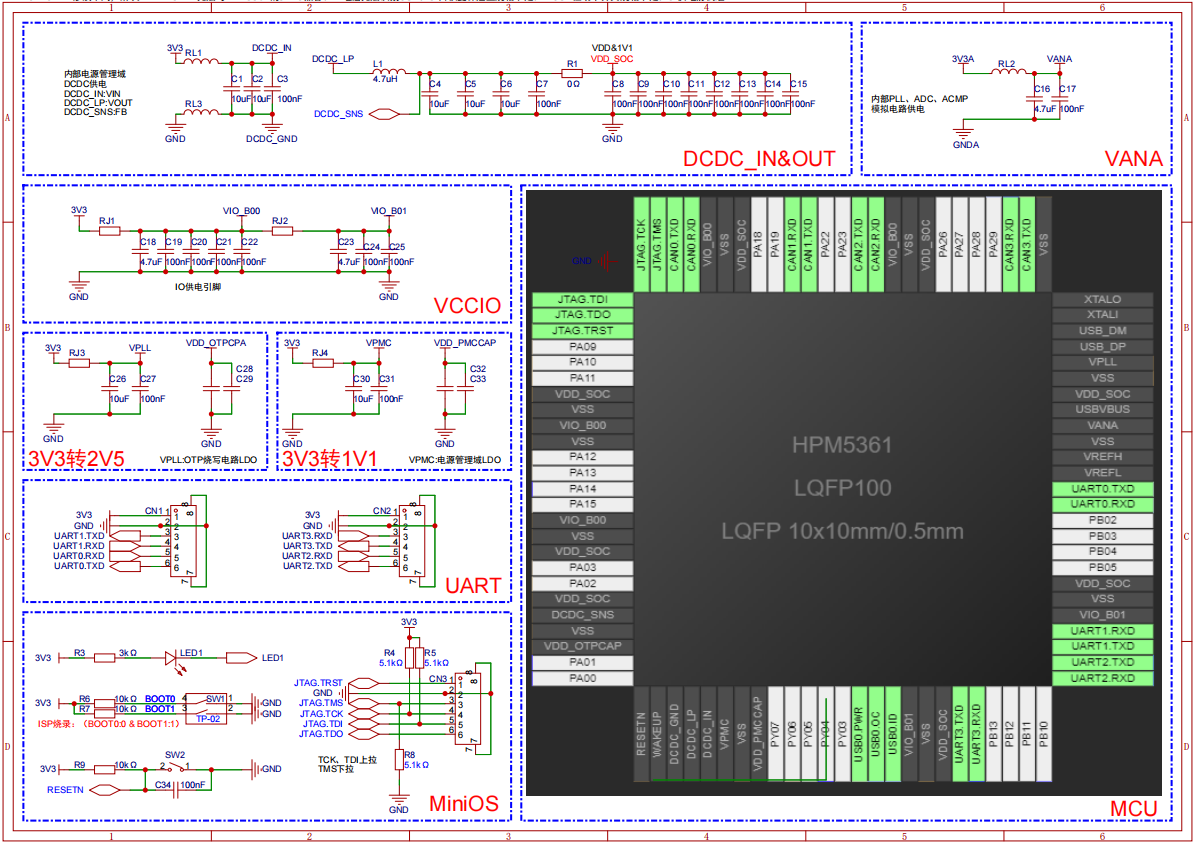Online channels: OnlineShop, FaceBook, Youtube and X
- Project goal
- Development process
- Solution and product
- How to purchases?
- How to use it?
- About us
Our goal is to provide developers with an affordable, stable, reliable, and high-performance bipedal robot Mini π for locomotion algorithm research and education. Its legs have 12 degrees of freedom (DOF) and can run, jump, and even flip, with great load-bearing capacity. It supports ZMP, WPC+MPC, and reinforcement learning locomotion control algorithms, as well as ROS SLAM and navigation features.The robot is very compact, weighing less than 10 kilograms, making it convenient for debugging, transportation, and testing. It will make it easier for research institutions and developers worldwide!
Connect with us via FaceBook, Youtube and X.
Mini π main activities:
- 2024 IEEE International Conference on Robotics and Automation (ICRA2024) WORKSHOP in PACIFICO Yokohama, May 13th to 17th, 2024, Japan
Requirement:
- Compact and Light : It needs to be very small and weigh less than 10 kg for easy debugging, transport, and testing.
- Flexible Locomotion Movement : Its legs must have at least 12 degrees of freedom (DOF) with 20 DOF in total, matching human structure and movement to meet most bipedal motion needs.
- High Performance : It must run, jump, and even do flips. It should also have good load capacity, like adding a 1-2 kg robotic arm and carrying over 1 kg.
- Optimized Joints : The joint modules should be within 125 cm³ in volume, weigh less than 300 g, and have a peak torque of over 10 Nm.
We started this project three years ago but couldn't find motors that met our needs, so we designed our own joint modules. After two years of continuous optimization, we created a joint module with a diameter and thickness of less than 50 mm and a peak torque of over 10 Nm.
Solution and productTo achieve precise control, we optimized the reducer's precision and the motor's cogging torque, achieving excellent precision and backdrivability. With 12 DOF in the legs, it's hard to find a static zero position when powered off. We used absolute dual encoders inside the module to record the absolute zero position, so the robot doesn't need to recalibrate after reconnecting.
We wanted to control a 6 DOF leg with one bus (EtherCAT is too large), so we chose CAN FD for higher bandwidth and response frequency and developed a USB-to-CAN FD development board. It can control 10 motors on one bus at 1000 Hz, and a single controller board supports 4 CAN buses, controlling 40 motors at 1000 Hz.
Finally, we made Mini π compact, weighing 7 kg, and able to carry an additional 5 kg load. Its top speed is 1.5 m/s, and it can jump up to 2 cm, theoretically able to do flips.
12 DOF (degree of freedom)
Our online shop is https://store.hightorque.cn/
How to use it?In order to facilitate developers to use our platform, this open source algorithm is simulated and verified on a 12 DOF Mini π. The open source code is placed on github under the project name livelybot_dynamic_control:https://github.com/HighTorque-Robotics/livelybot_dynamic_control.git
The following is a video tutorial for deploying the algorithm.
About usFounded in 2022, High Torque Technology Co.. Ltd. (High Torque Robotics)
- For business, you can connect us by mail (marketing@hightorquerobotics.com)
- Our online channels: FaceBook,Youtube and X










Comments
Please log in or sign up to comment.